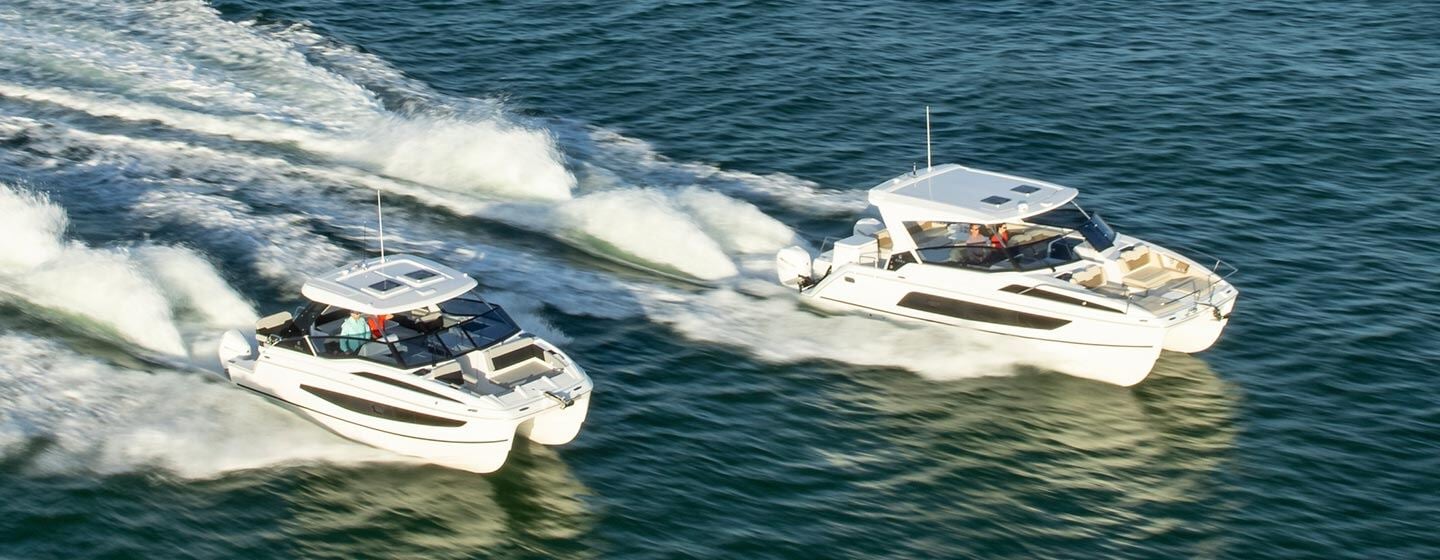Aquila Power Catamarans Names New Dealership for Hong Kong and Singapore
Aquila Power Catamarans Names New Dealership for Hong Kong and Singapore Aquila Power Catamarans, a leading name in the marine industry, announced a...

Knot-tying and knot know-hows are essential for every boater to understand. Although tying knots may sound easy enough, some methods work better than others when it comes to keeping your boat secure. Below are six basic methods about what to do and what ‘knot’ to do when tying lines.

Although the spelling and the 'look' are almost the same, this knot is not for tying a pair of cleat-style running shoes. This sturdy method of securing a boat consists of numerous loops and swoops above, below, and around a metal cleat base to make certain your vessel stays where it should.

Learn tips & tricks on how to use the all-new Content Slider module here. Have feedback on an awesome feature we should add to this module or discover a bug? Pop right over here to submit your ideas.

If there’s a railing, bar, pole, or rod nearby, your boat can be attached to that as well with this handy method of tying. With two loops and a few more swoops, you’ve got yourself a sturdy clove hitch that will last as long as the rope does.

A close cousin to the clove hitch, this knot utilizes two rolling loops that are brought together, instead of swooping the line through the loops. This is also a good method to use around an object that is tubular in shape or to secure on a piling.

“Double” definitely describes this knot quite well. Fashioned with two loops that cross each other through a long swoop, this knot comes in handy with securing a line to a handle or fixed rail.

This knot is squared². Instead of using one rope to make a traditional square knot, this method is used to fuse two separate lines together to form a type of square knot that’s even easier to tie than the conventional one.

If you look at it before it’s complete, this knot does resemble a bow to some extent. A bit more tricky to tie, this knot that is typically used to retrieve objects has an open loop that will not close when pressure or weight is applied.

Aquila Power Catamarans Names New Dealership for Hong Kong and Singapore Aquila Power Catamarans, a leading name in the marine industry, announced a...

Aquila Power Catamarans Expands Into The Gulf Region With Strategic Partnership Aquila Power Catamarans, a global leader in luxury catamaran...

What’s All the Buzz About Catamarans? There are multiple considerations to ponder when comparing a catamaran versus a monohull. The catamaran design,...